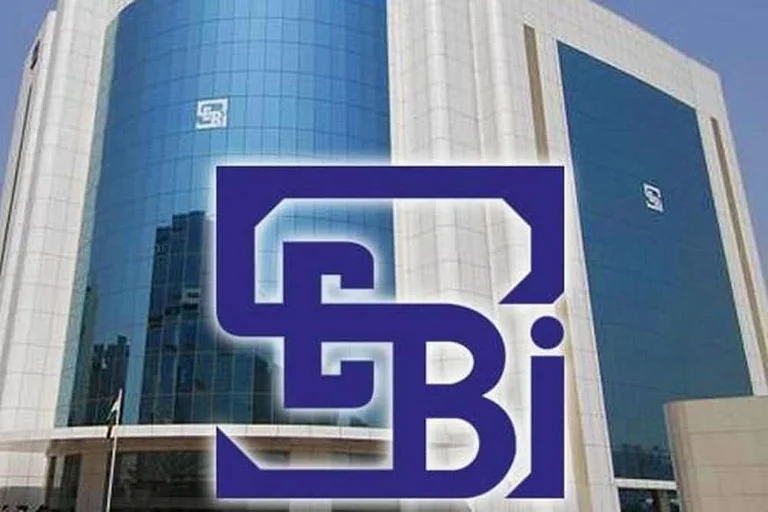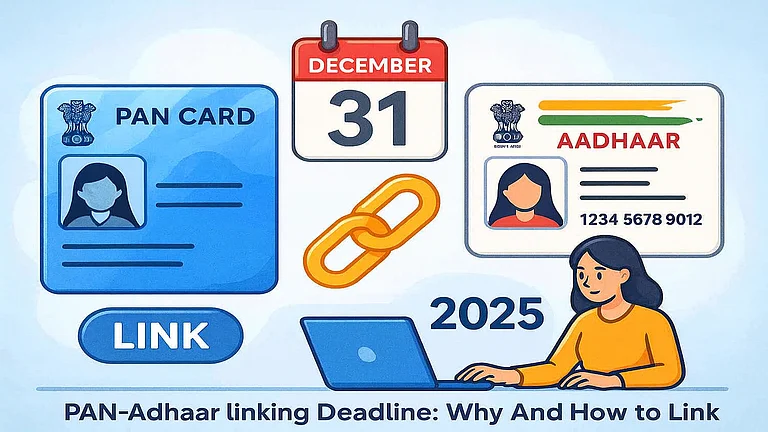The RBI’s six-member Monetary Policy Committee (MPC) headed by Governor Shaktikanta Das unanimously decided to hike the repo rate by 50 basis point (bps).
However, the MPC has kept the cash reserve ratio (CRR) unchanged. This is the second rate hike by the RBI in the last two months. Before this, on May 4, 2022, the RBI surprised the market by hiking the repo rate by 40 basis points. With these two rate hikes combined, the RBI has effectively hiked the repo rate by 90 basis points. The RBI also increased its CPI projections for the current year to 6.7 per cent from the 5.7 per cent projected in its May 4 monetary policy.
The RBI has increased the rate to tame inflation. India’s retail inflation rose by 7.79 per cent on April 2022, which is the highest since May 2014.
But it is not just India; countries across the globe are fighting with stubborn inflation due to geopolitical tensions and sanctions, elevated prices of crude oil, and other commodities, and lingering COVID-19 related supply chain bottlenecks.
Economies like the US are also facing historical levels of inflation at 8.3 per cent, and the situation is the same in the Eurozone, where 19 countries are battling accelerating inflation. The inflation number in May rose from 7.4 per cent to 8.1 per cent in the Eurozone. Central banks across the globe are trying to tame inflation by hiking interest rates, among other major steps.
RBI Needs Both Luck And Skill
Along with its global counterparts, the RBI is also using its tricks and tactics to tame inflation, but experts believe that the RBI will require little more just than skills to do this.
“The RBI has navigated a delicate situation of rising inflation, slowing growth, and reducing liquidity among global uncertainties caused by the Ukraine situation. A 50 bps repo rate hike and withdrawal of accommodation is continuity of policy, and as per market expectations. The RBI will require all its skills and a little bit of luck to control inflationary expectations and support growth in the days to come,” says Nilesh Shah, group president & MD, Kotak Mahindra Asset Management Company

Interestingly, food, commodity and energy prices are weighing heavily on the inflation number.
A normal monsoon as predicted by the India Meteorological Department (IMD), will help in cooling down the food and vegetable prices. Similarly, if fuel price also go down as the RBI has predicted, this will also help it in taming inflation with these policy measures.
Withdrawal Of Accommodative Policy
The RBI governor, in his policy announcement mentioned that “the MPC also decided to remain focused on withdrawal of accommodation to ensure that inflation remains within target, going forward, while supporting growth. This clearly indicates that the RBI is in no mood to continue with an accommodative stance, and it is most likely to increase the rate in its next policy meeting in August 2022.
More Rate Hike On Card
Withdrawal of accommodative measures will translate into more rate hike, as despite the 90 basis point rate hike, the repo rate still remains below the pre-pandemic level of 5.15 per cent. This means that the current rate is still 25 basis points below the pre-pandemic level.
Experts believe that the RBI will increase the rate further in the next policy meeting.
“The RBI is concerned about the broad-based nature of the increase in inflation and the risk of the second-round impact on inflation expectations. Therefore, the policy rate is likely to be raised well beyond the pre-pandemic level, close to 6 per cent by fiscal year-end,” says Abheek Barua, chief economist, HDFC Bank.
Bond Is Bonding With Policy
The status quo on CRR came as a positive surprise for the bond markets, which could be seen in the reaction of the benchmark 10-year G-Sec yield that fell 10-12 bps post the policy announcement.
Experts believe that with 10-year G-Sec yields at 7.5 per cent, the RBI has already priced in repo rate hikes till six per cent, and they do not see any sharp reaction to repo rate hikes in bond yields.
“The bond yield curve is already priced for a repo rate of 6 per cent by early next year. Thus, the bond market may not be too sensitive to RBI’s rate hikes going forward. However, the high global monetary policy uncertainty, rising crude oil prices, and unfavourable demand-supply dynamics will continue to put upward pressure on medium to long-term bond yields,” says Pankaj Pathak, fund manager-fixed income, Quantum Mutual Fund.
GDP Growth Projection Is Questionable
Interestingly, while the RBI increases its FY23 inflation forecast to 6.7 per cent, GDP growth projection has been kept unchanged at 7.2 per cent.
Experts question that if higher interest rates don’t hurt growth, how will it help bring down inflation? It also suggests that most of the excess inflation is due to global supply-side factors.
“Since the RBI continues to forecast strong growth, it is very likely that it delivers another 25bps hike on August 4 before it takes a pause. Our fear is that growth could see a serious deceleration in H2FY23 and FY24 on the back of such steep tightening and structural constraints,” says Nikhil Gupta, chief economist, MOFSL group.













